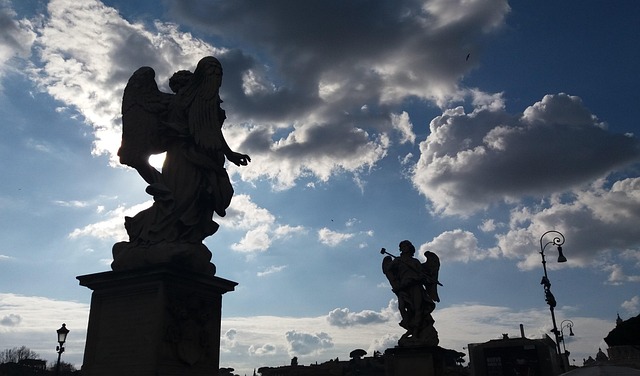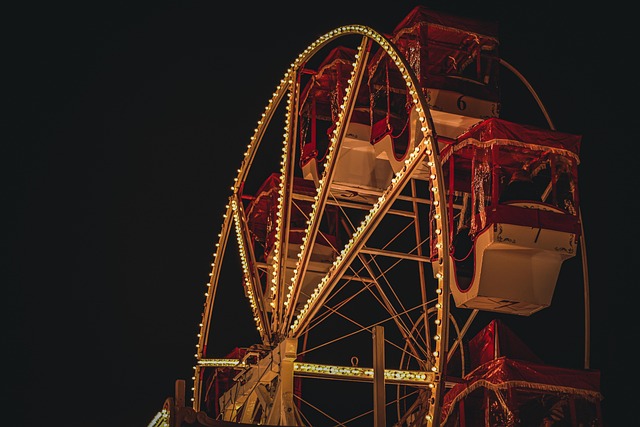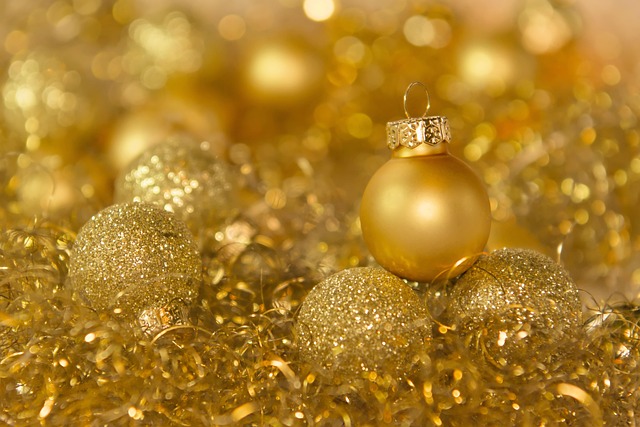The concept of the heavenly guardian resonates deeply across various cultures and religious traditions, acting as a protective force guiding individuals throughout their lives. From ancient beliefs to contemporary practices, the role of these celestial beings transcends mere mythos, embodying the spiritual connection between humanity and the divine. In many traditions, heavenly guardians serve not only as protectors but also as mentors, offering wisdom and support during life’s trials and tribulations.
In Christianity, angels are often viewed as heavenly guardians, tasked with watching over believers. Numerous passages in the Bible reference these divine beings, emphasizing their role in providing guidance and comfort. The belief that each person is assigned a guardian angel reinforces the idea that individuals are never alone in their struggles; rather, they are intimately watched over by these celestial protectors.
Similarly, in various Indigenous religions, spirits are regarded as guardians of the land, guiding and protecting their community. The importance of these heavenly guardians is deeply embedded in the rituals and ceremonies that celebrate the harmony between the spiritual and physical worlds. These protectors ensure that tribes remain connected to their ancestors and the earth, reinforcing the belief in a world filled with divine presence.
In Eastern traditions, such as Buddhism and Hinduism, deities often serve as heavenly guardians, offering blessings and protection to their devotees. The imagery of these divine figures, adorned with intricate detailing and symbolic colors, embodies the hope and faith that believers place in their spiritual lives. Rituals and prayers aimed at invoking these guardians create a profound sense of community and connection, uplifting the spirit and providing solace in times of need.
The significance of the heavenly guardian is not confined to religious institutions alone; it permeates art, literature, and everyday life. The portrayal of guardian figures in stories, paintings, and sculptures evokes a sense of belonging and safety. Such representations remind us of the larger narrative in which we are part of a universe filled with spirits that nurture and guide us.
Today, many people seek the aid of heavenly guardians through meditation, prayer, or rituals designed to invite their presence into everyday life. This sacred interaction fosters a heightened awareness of the divine influence and protection surrounding us. Personalized practices, like keeping a journal of reflections or creating altars to honor these guardians, help individuals recognize their guardians’ continuous influence and support.
The tradition surrounding heavenly guardians also sparks interfaith dialogue, revealing shared values and beliefs among diverse communities. As we explore the sacred role of these protectors, we discover that, despite cultural differences, there’s a universal recognition of the need for guidance and the comfort provided by the divine. By embracing these traditions, we cultivate a deeper understanding of our humanity and the ethereal forces that watch over us.
As we navigate the complexities of modern life, acknowledging the role of the heavenly guardian in our spiritual journey can lead to profound healing. Embracing this connection promotes not only personal growth but also fosters a sense of peace and harmony within ourselves and the world around us. Let us continue to honor and explore the traditions that celebrate these divine guardians, ensuring their wisdom and strength is woven into the fabric of our lives.




